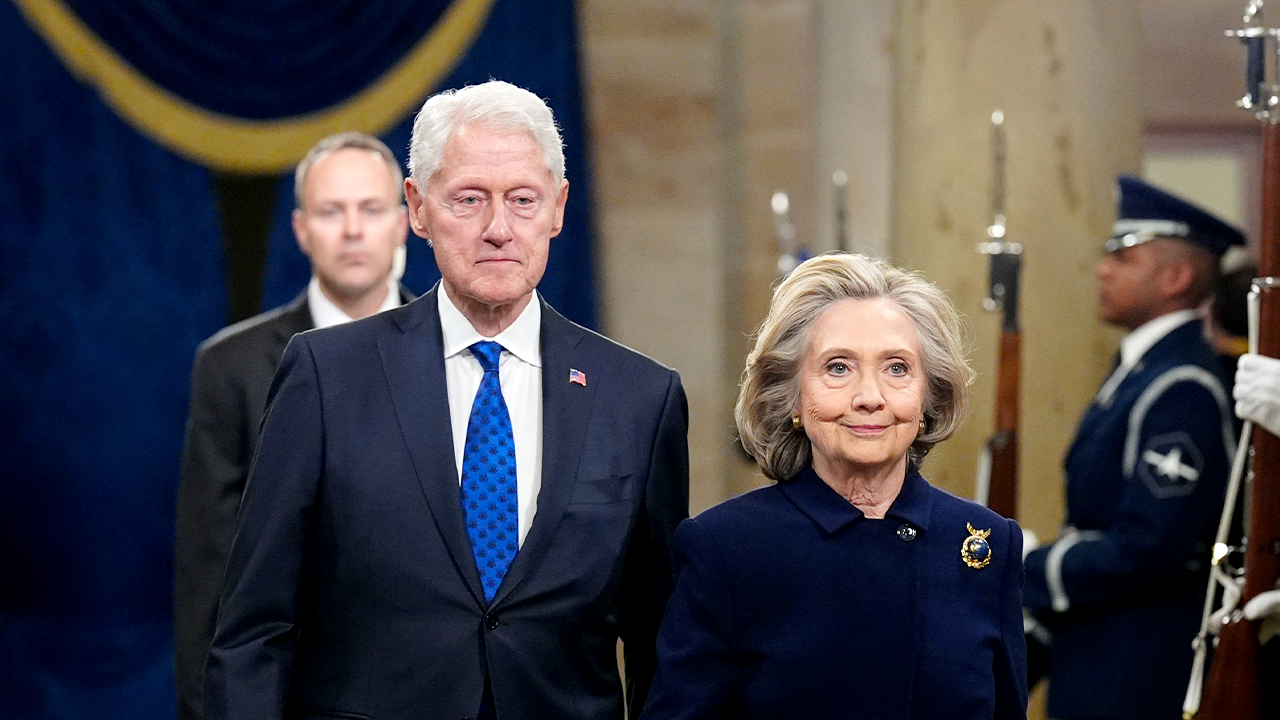Secretary of the Interior Doug Burgum announced on Wednesday a new policy that will significantly reduce the time required for energy projects to obtain federal permits.
Under the new procedures, permitting processes that often took one to two years could now be completed in as little as 28 days.
The changes apply broadly to projects involving coal, uranium, and critical minerals.
Trump’s Sovereign Wealth Fund: What Could It Mean For Your Money?
The announcement comes shortly after President Donald Trump signed an executive order aimed at streamlining the permitting and review processes for ten critical mineral mining projects.
The order established a Federal Permitting Dashboard designed to increase transparency and enhance coordination among federal agencies.
“This tool will play an invaluable role in ensuring that these projects receive the most efficient review and authorization process possible in order to bring the benefits of next generation infrastructure to communities across the nation,” said Manisha Patel, acting executive director at the Permitting Council.
Burgum’s new procedures affect permitting processes under the National Environmental Policy Act (NEPA), the Endangered Species Act, and the National Historic Preservation Act.
.@Interior’s move to fast-track the mining & drilling permit process is a win for domestic mineral production and President Trump’s Energy Dominance agenda!
1 year ⏭️ 14 days
2 years ⏭️ 28 days pic.twitter.com/hEEcGZBpOl— Secretary Doug Burgum (@SecretaryBurgum) April 26, 2025
This Could Be the Most Important Video Gun Owners Watch All Year
The NEPA process alone has historically taken several years, and litigation from environmental groups often stretches mine development timelines into decades.
Environmental organizations have already raised objections to the shortened review periods.
“Energy projects need to come online faster, but not at the expense of the health and safety of our communities.
Slashing the environmental review process by this much will cause significant harm,” said Kevin Zedack, a government affairs specialist with Appalachian Voices.
A study by S&P Global found that the average time for a mine to move from discovery to production in the United States is 29 years.
Only three projects in the U.S. reached production since 2002, with several others still in development for decades.
We’re living in a time of abundance, and it’s innovation, NOT regulation, that is going to allow us to provide clean and affordable energy for all Americans! pic.twitter.com/LGV7095n0I
— Secretary Doug Burgum (@SecretaryBurgum) April 25, 2025
The ten projects identified in Trump’s executive order include developments in coal, phosphate, potash, and lithium.
While some projects have been under development for decades, others are still in exploration phases.
Officials have acknowledged that even with accelerated permitting, some projects may still be years away from production.
Among the projects is the Resolution Copper Project in Arizona.
It’s not just about copper — it’s about creating local jobs, supporting education, and strengthening communities.
See why our project matters to Arizona & beyond.#CopperStrong #MiningWithPurpose #ResolutionCopper pic.twitter.com/LTnK2YWXAO
— Resolution Copper (@resolutioncu) April 25, 2025
Discovered in 1995, the project faced strong opposition from Native American groups and environmentalists.
Although an environmental impact statement was issued during Trump’s first term, it was later rescinded under the Biden-Harris administration.
Litigation related to the project is currently pending before the U.S. Supreme Court.
The Stibnite Gold Project in Idaho also faces legal challenges.
With its hundreds of well-paid jobs, the Stibnite Gold Project will provide Valley County kids the opportunity to earn a living wage in the community where they grew up.
Hear why Cascade resident Kacie supports the Stibnite Gold Project: pic.twitter.com/DRCuNV3UA4
— Perpetua Resources (@Perpetua_Idaho) April 8, 2025
Once a major source of military-grade antimony and tungsten during World War II, the site requires additional permits and is the target of ongoing lawsuits by environmental groups.
In Alabama, Warrior Met Coal’s metallurgical mining project is projected to produce six million tons of coal annually by 2026 and create 300 jobs.
However, environmental groups continue to challenge the project in court.
Other projects, such as Idaho’s Caldwell Canyon Mine and Utah’s Lisbon Valley Copper Project, remain tied up in litigation and environmental review processes.
Meanwhile, the Silver Peak Lithium Mine in Nevada seeks expansion through an updated environmental impact review initiated earlier this year.
Our site in Silver Peak, #Nevada—the only lithium-producing mine in the U.S.—serves as a critical U.S. resource, providing a secure supply of essential elements to customers around the world.
More about Albemarle Silver Peak at https://t.co/5MTubamI9l#Lithium #CriticalMinerals pic.twitter.com/g3H2pkDnaS
— Albemarle Corp. (@AlbemarleCorp) February 21, 2025
The Michigan Potash Project, supported by a $1.26 billion loan guarantee issued in the final days of the Biden-Harris administration, is advancing through an environmental assessment and faces a number of state-level permitting hurdles.
Although Trump’s executive order and Burgum’s accelerated permitting initiatives represent significant policy shifts, industry experts acknowledge that bringing new mines into production may still take many years.
For example, Resolution Copper is not expected to begin operations until 2030, assuming current legal and permitting challenges are resolved.
Administration officials have stressed that sustaining these reforms will require the support of future administrations to ensure long-term mineral supply chain security.
Connect with Vetted Off-Duty Cops to Instantly Fulfill Your Security Needs
Read the full article here


![Trump Slashes Red Tape to Fast-Track U.S. Energy and Mining Projects [WATCH] Trump Slashes Red Tape to Fast-Track U.S. Energy and Mining Projects [WATCH]](https://www.lifezette.com/wp-content/uploads/2025/01/2025.01.21-02.11-lifezette-678faafedb960.jpg)




![Hakeem Jeffries Pressures Illinois Democrats to Redraw Congressional Map Amid Party Pushback [WATCH] Hakeem Jeffries Pressures Illinois Democrats to Redraw Congressional Map Amid Party Pushback [WATCH]](https://www.lifezette.com/wp-content/uploads/2025/05/2025.05.14-01.05-lifezette-682495006a25b.jpg)




![JB Pritzker Defends and Shrugs Off Democrats’ Violent Texts About Opponent’s Children: ‘People Make Mistakes’ [WATCH] JB Pritzker Defends and Shrugs Off Democrats’ Violent Texts About Opponent’s Children: ‘People Make Mistakes’ [WATCH]](https://www.lifezette.com/wp-content/uploads/2025/09/2025.09.03-09.35-lifezette-68b8b4a3528f5.jpg)